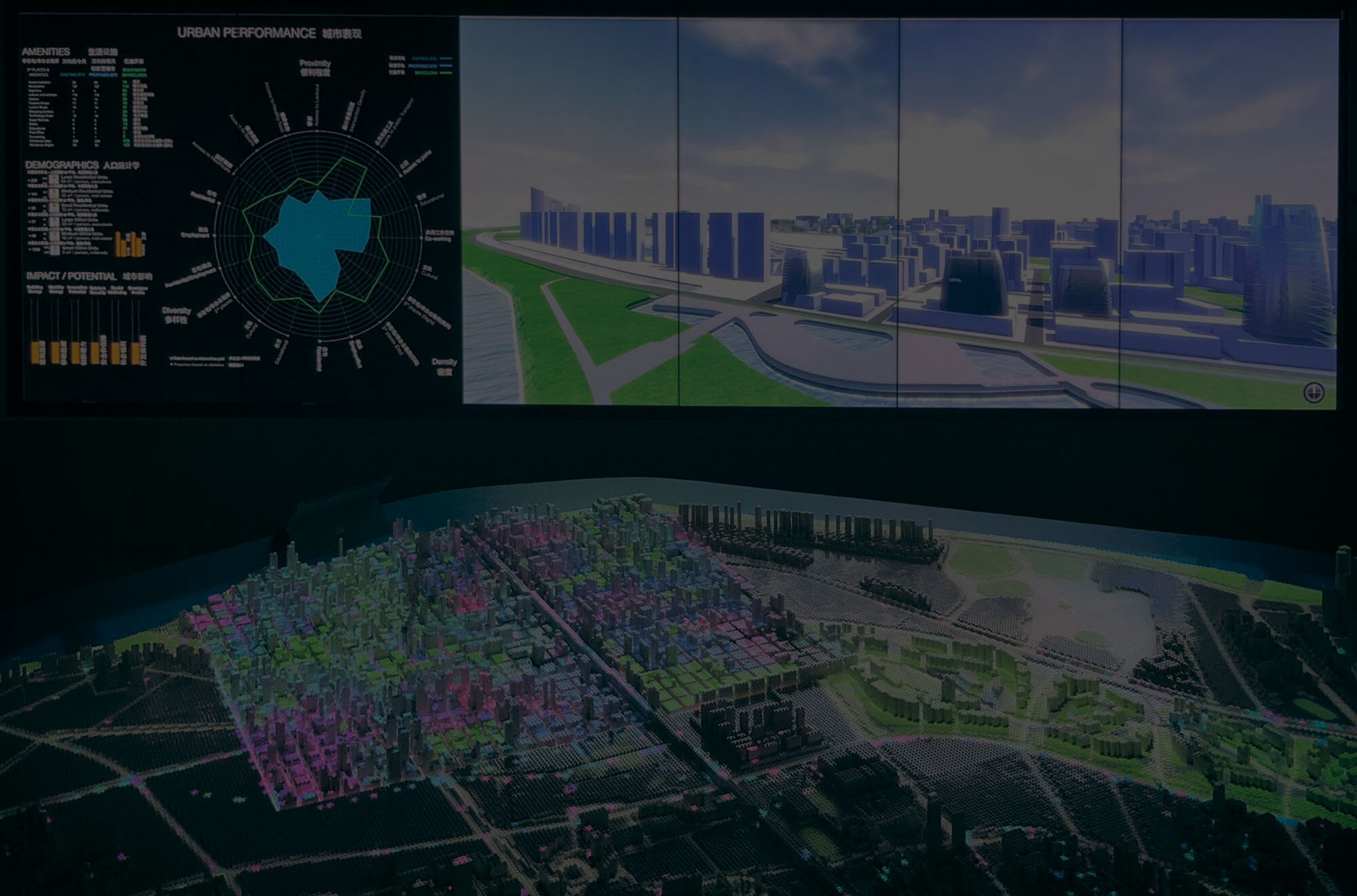
L3cities
Innovation for Urban Transformation
L3 brings together metrics, data analytics, real-time simulation, and tangible interfaces to help cities and enterprises create more sustainable, equitable, and entrepreneurial communities.
Why cities?
The planet is becoming a network of cities. Cities are where most population growth will occur, wealth will be generated, energy will be consumed, and innovation created. Cities are where societal problems are most evident, and where solutions can have the most impact. But trillions of dollars are invested in urban infrastructure without the benefit of credible predictions of the social, environmental, and economic impact.

Why communities?
We believe that successful cities in the future will evolve into a network of next-generation 15-minute communities with the following aspirations:
Live-Work Symmetry
Providing high quality, diverse, affordable housing in sync with locally available jobs - minimizing commuting, dramatically lowering mobility-related energy, and increasing the innovation potential due to 24/7 opportunities for exchange of ideas.
Local Access to Amenities
Enabling local access to all of the resources needed in daily life, including education, shopping, employment, culture, and recreation - increasing vibrancy, job opportunities, and improving public health via increased walkability.
Community-scale Mobility
Transitioning away from cars and mass transit to lightweight, hyper-efficient modes - including walking, biking, ultra-light electric vehicles, and eventually fleets of hyper-efficient, shared-use autonomous vehicles that can be platooned between districts.
Local Production of Resources
Reducing dependency on international supply chains by transitioning to local production of resources near the point of consumption - including energy, clean water, produce, and other consumables.
Why now?
Cities are undergoing profound transformation. Post-pandemic hybrid work is rebalancing cities and suburbs, coastal and inland communities, and domestic and work life - creating extreme challenges and opportunities for cities.
There is a desire for walkable districts, but little consensus on how to actually achieve this. There is an awareness that cities are key to global warming solutions, but no agreement on how to dramatically reduce urban emissions.
How cities develop over the next several decades will largely determine our ability to address the greatest challenges of our era: climate change, public health, economic development, and social equity. Traditional urban planning processes are inadequate to meet the demands of this future.
